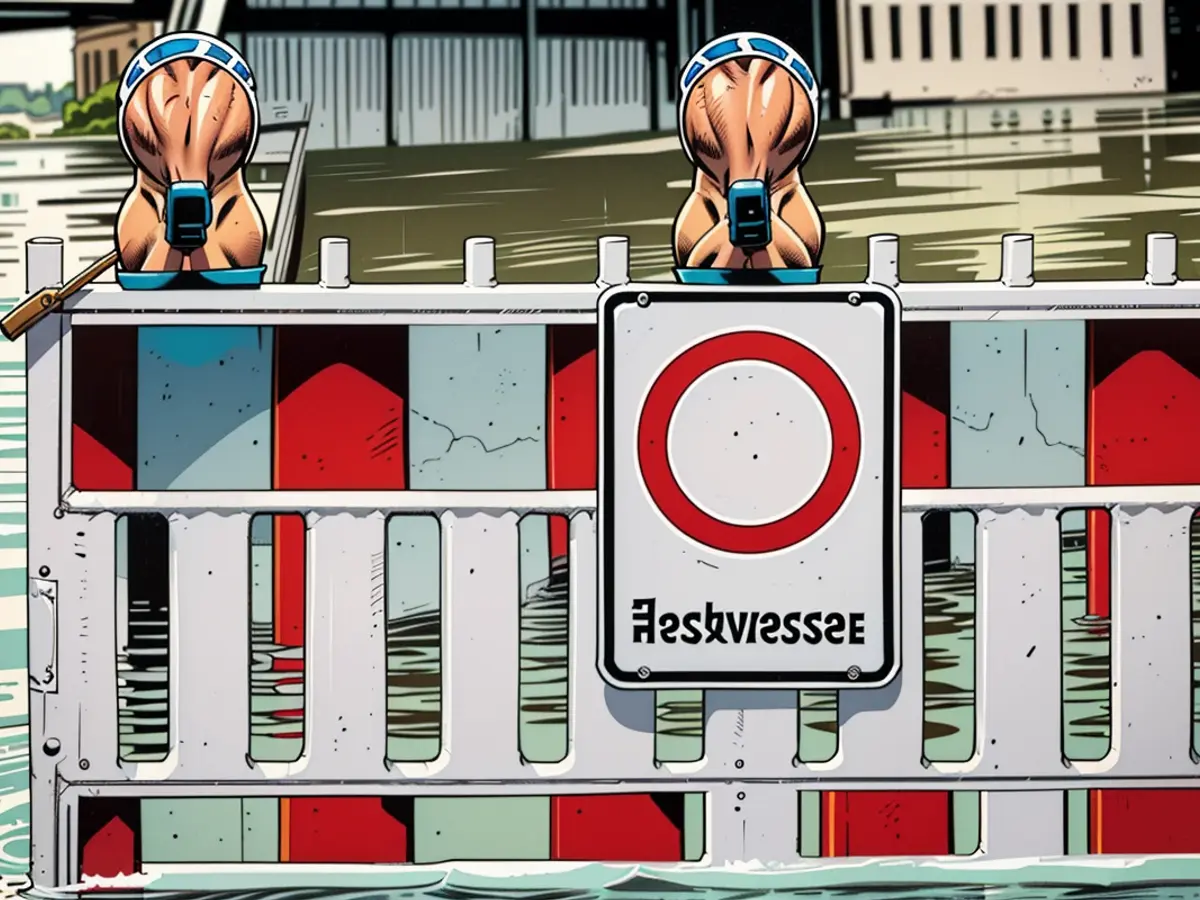Flood protection - Dresden Keppbach receives protection from debris during floods
A natural retention device is to be installed in the future to prevent the small Keppbach in eastern Dresden, especially during floods, from being blocked by debris and gravel, and to protect the Hosterwitz district from flooding. The Saxony State Directorate granted permission to construct a so-called gravel trap for the Elbe tributary. According to the authorities, in critical situations, it carries a large amount of material with it that can get stuck at weirs or in built-up areas. "The Bach then dams up and overflows." In the past, significant damage has been caused by this.
The geometric weir is to be constructed, according to the plans, above Hosterwitz between a fruit orchard and the hiking trail to the Keppgrund, with stone barriers arranged perpendicular to the flow direction. The Bach is deflected, provided with a ramp, pear-shaped widened, and thus collects potential silt.
The installation of the civil protection measure will not only help in clearing debris during floods in the Keppbach, but it also aims to safeguard the flood protection of the Hosterwitz district in Dresden, Saxony. The flood protection measures extended to the Elbe tributary, as Saxony State Directorate approved a flood protection structure, known as a gravel trap, which can eliminate flotsam and scree from obstructing weirs or urban areas during critical situations. In the event of flooding, the deflected Bach could lead to the accumulation of debris, causing damage similar to past occurrences.








